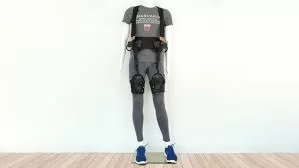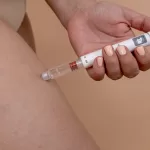Cockayne syndrome (CS), a devastating autosomal recessive disorder, has long confounded researchers due to its multifaceted and severe nature. However, a recent breakthrough by a team of scientists led by biochemist Professor Julian Stingele from LMU’s Gene Center Munich has illuminated critical details about the role of genes associated with CS.
Published in the prestigious journal Nature Cell Biology, the study uncovers previously unknown functions of the CSB/ERCC6 and CSA/ERCC8 genes, shedding light on the intricate mechanisms underlying Cockayne syndrome.
“At the heart of our discovery lies a new understanding of how these genes and their products are involved in repairing covalent DNA-protein interactions during transcription,” explains Professor Stingele, emphasizing the groundbreaking nature of their findings.
The research reveals that DNA-protein crosslinks, a consequence of defective DNA repair mechanisms, pose significant obstacles to transcription. In response to these roadblocks, CS proteins are mobilized to the site of blockade, where they initiate a process known as transcription-coupled repair (TCR).
“Our results demonstrate that CSB and CSA proteins play a crucial role in repairing toxic DNA-protein crosslinks, marking the damaged DNA for enzymatic breakdown,” elaborates Professor Stingele. Importantly, this repair mechanism operates independently of classic TC-NER enzymes, which primarily address DNA damage induced by UV light.
The discovery holds profound implications for understanding the pathological differences between Cockayne syndrome and xeroderma pigmentosum (XP), another disorder characterized by impaired nucleotide excision repair. CS, known for its severe and diverse symptoms, stands in contrast to XP, highlighting the complex nature of genetic disorders.
“Uncovering these additional functions of CS proteins is a significant step forward in elucidating the underlying causes of Cockayne syndrome,” Professor Stingele asserts. Moving forward, the research team aims to delve deeper into the precise mechanisms of CS-protein-mediated repair, paving the way for novel therapeutic interventions and improved patient outcomes.
The study represents a milestone in unraveling the mysteries of Cockayne syndrome, offering hope for future breakthroughs in the diagnosis and treatment of this debilitating condition.












